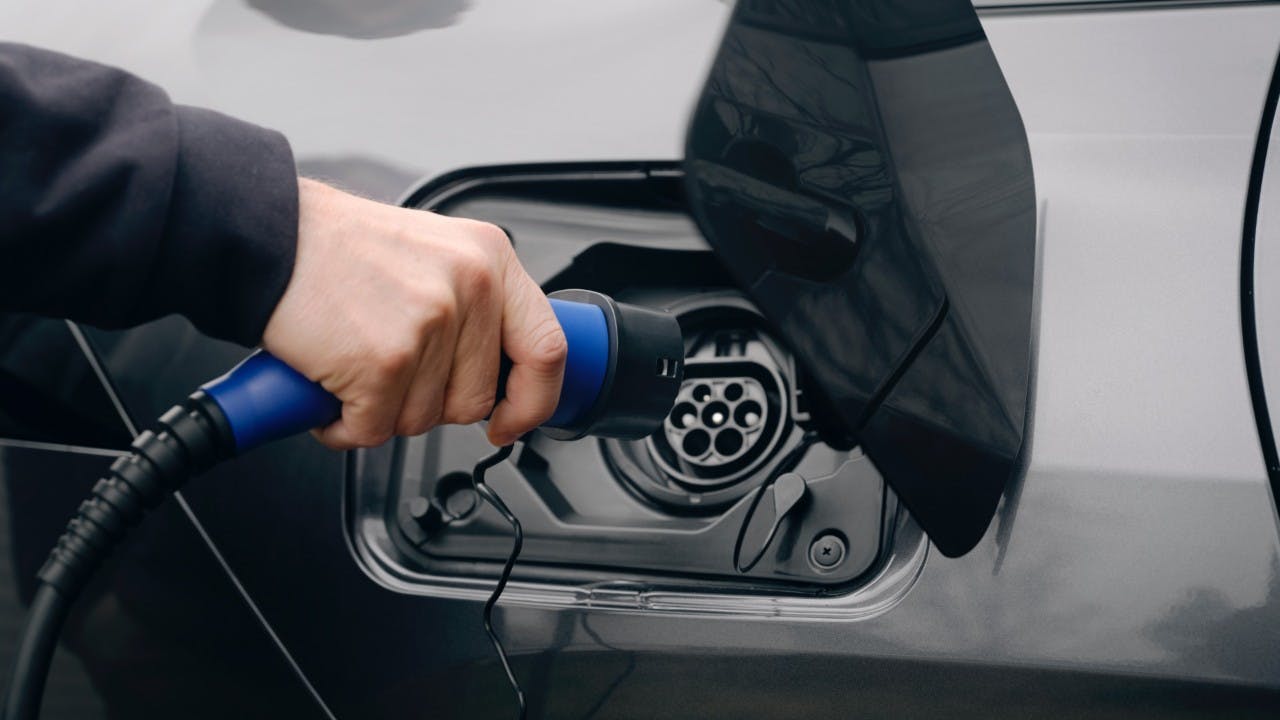
Everything You Need to Know About EV Batteries
As the world continues to move toward a greener future, electric vehicles (EVs) are becoming increasingly popular. At the heart of every EV is its battery, a critical component that determines everything from driving range to charging time. In this comprehensive guide, we will explore the basics of automotive EV batteries, providing insights into their technology, types, lifespan, charging, and much more.
What Are EV Batteries?
EV batteries are rechargeable energy storage devices that power electric motors in vehicles. Unlike internal combustion engines that rely on gasoline or diesel, EVs use electricity stored in their batteries to propel the car. The most common type of EV battery is the lithium-ion battery, known for its high energy density, efficient charge/discharge cycles, and longer lifespan compared to older technologies like lead-acid batteries.
How Do EV Batteries Work?
EV batteries store electrical energy in chemical form and release it as needed to power the electric motor. The basic process involves:
- Charging: When connected to a charging station or power outlet, the battery undergoes a chemical reaction that stores electrical energy.
- Discharging: When the vehicle is in motion, the stored energy is converted back into electricity to drive the motor, moving the vehicle.
- Regenerative Braking: Many EVs feature regenerative braking, which converts some of the kinetic energy back into electrical energy when the vehicle slows down or brakes, recharging the battery to some extent.
Types of EV Batteries
While lithium-ion batteries dominate the EV landscape, other types are also used or being developed. Here’s a breakdown of the common types:
- Lithium-Ion (Li-ion) Batteries:
- Advantages: High energy density, longer lifespan, lightweight, and capable of fast charging.
- Disadvantages: Costly to produce and require careful management to avoid overheating.
- Nickel-Metal Hydride (NiMH) Batteries:
- Advantages: Greater durability and safety compared to lithium-ion batteries.
- Disadvantages: Lower energy density and more heat generation, making them less efficient.
- Solid-State Batteries (Still in development):
- Advantages: Promises to offer higher energy density, faster charging, and improved safety.
- Disadvantages: Still in experimental phases and not yet commercially viable.
- Lead-Acid Batteries:
- Advantages: Inexpensive and highly recyclable.
- Disadvantages: Heavy, have lower energy density, and short lifespan, making them impractical for modern EVs.
Key Factors That Affect EV Battery Performance
The performance of an EV battery depends on several factors:
- Energy Density: This refers to how much energy a battery can store relative to its size or weight. Higher energy density means the battery can hold more energy, allowing for longer driving ranges.
- Cycle Life: The cycle life is the number of complete charge and discharge cycles a battery can endure before its capacity starts to degrade. Most EV batteries are designed to last between 1,000 to 2,000 cycles, equivalent to 8–15 years, depending on usage.
- Charging Speed: This determines how quickly a battery can be recharged. EV batteries support different charging rates, from slower Level 1 home charging to fast DC charging stations.
- Temperature Sensitivity: Extreme temperatures, both hot and cold, can affect a battery's efficiency. Most modern EVs come with battery management systems (BMS) that monitor and regulate battery temperature to maintain performance.
How Long Do EV Batteries Last?
The lifespan of an EV battery is typically measured in both time (years) and cycles (full charge and discharge sessions). While the exact lifespan varies depending on factors like the type of battery, driving habits, and environmental conditions, most lithium-ion batteries used in EVs are expected to last between 8 and 15 years.
Many automakers offer warranties that cover the battery for 8 years or 100,000 miles, whichever comes first. However, this doesn’t mean the battery will suddenly stop working after that period. It simply indicates that the battery’s capacity to hold a charge will diminish over time. Even after the warranty period, most EV batteries still retain about 70-80% of their original capacity, which can still provide a respectable driving range.
Charging EV Batteries: What You Need to Know
There are three main types of EV charging:
- Level 1 (120-Volt AC Charging):
- This is the standard outlet in most homes.
- Charging Speed: Adds about 3-5 miles of range per hour.
- Best Use: Suitable for overnight charging, especially for vehicles with shorter ranges or hybrid EVs.
- Level 2 (240-Volt AC Charging):
- Requires a dedicated charging station installed at home or public places.
- Charging Speed: Adds 12-60 miles of range per hour, depending on the vehicle and charger.
- Best Use: Ideal for daily charging needs and faster home charging.
- Level 3 (DC Fast Charging):
- Available at public fast-charging stations.
- Charging Speed: Adds 60-100 miles of range in 20 minutes.
- Best Use: Long road trips or quick charging stops when on the go.
Most EV drivers rely on Level 2 charging for daily use, reserving Level 3 chargers for long-distance trips. It’s also worth noting that charging infrastructure continues to expand, making it easier to access fast charging in more locations.
Recycling and Sustainability
One of the key concerns about EV batteries is what happens to them at the end of their life. The good news is that the majority of EV batteries can be recycled. Lithium-ion batteries, in particular, contain valuable materials such as lithium, cobalt, nickel, and manganese, which can be extracted and reused. Many companies are also exploring second-life applications for old EV batteries, such as using them in energy storage systems for renewable energy projects.
In terms of sustainability, the production of EV batteries does raise environmental concerns due to mining for raw materials and energy-intensive manufacturing processes. However, when considering the entire lifecycle, EV batteries still offer a lower carbon footprint compared to traditional internal combustion engine vehicles, especially when powered by renewable energy.
The Future of EV Batteries
The future of EV batteries is promising, with significant advancements on the horizon. Researchers are working on new technologies, including solid-state batteries, which are expected to offer greater energy density, faster charging times, and improved safety compared to current lithium-ion batteries.
Additionally, developments in battery recycling and second-life uses will help to reduce the environmental impact of EV batteries, making electric vehicles an even more sustainable option for the future.
Understanding the basics of automotive EV batteries is crucial for anyone considering the switch to electric vehicles. From lithium-ion technology and charging speeds to lifespan and sustainability, EV batteries are at the core of the EV revolution. As the technology continues to advance, we can expect even more efficient, longer-lasting, and environmentally friendly batteries to power the next generation of electric vehicles.
Whether you’re looking at a new EV or simply curious about the technology behind them, keeping up with the latest in EV battery advancements will help you make informed decisions for a greener driving future.








